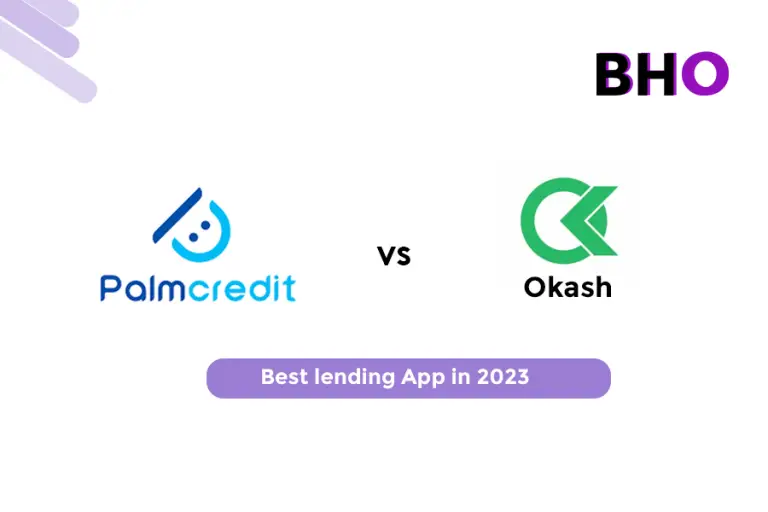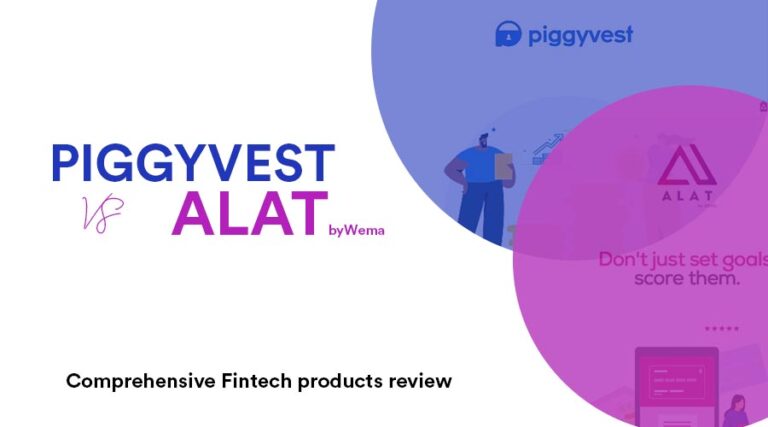5 Powerful Sources to Fuel Your Data-Driven Strategy

Table of Contents
Introduction
In light of the recent innovations related to data application, & as businesses continue to recognize the value of their data, data monetization platforms have emerged as key tools for turning raw data into revenue. These platforms offer businesses ways to sell data, provide analytics, or generate insights for themselves or their customers. In 2024, some platforms stand out for their innovation, ease of use, scalability, and ability to support diverse industries.
Below is a detailed analysis of the best data monetization platforms in 2024, highlighting their key features, pricing, and use cases.
1. AWS Data Exchange:
This is a service that simplifies the secure exchange file-based data sets in AWS cloud. Best for scalability, security, and integration with AWS services, making it the top choice for enterprises in various sectors.

Key features:
- Access to a large marketplace: AWS Data Exchange provides access to a vast ecosystem of public datasets and third-party data providers.
- Seamless Integration with AWS Tools: Easily integrates with AWS analytics services such as Amazon Redshift and AWS Data Pipeline.
- Data Delivery Options: Offers flexible subscription models, allowing businesses to update datasets automatically or on-demand.
- Security and Compliance: Provides top-tier data governance features, adhering to GDPR, CCPA, and other compliance regulations.
Pricing:
- Subscription-based: Pricing varies depending on the datasets purchased or sold. AWS charges for the data transfer and storage, with providers setting their own fees for data access.
Pros:
- Can handle large-scale datasets.
- Seamless Integration: Works natively with other AWS products and services.
- Cons:
Cost:
- It can be expensive for smaller businesses, particularly when datasets are regularly updated.
- Limited to AWS Ecosystem: Best for businesses already using AWS.
Use Cases:
- Market Research: Enterprises can access third-party datasets for consumer trends.
- Financial Services: Banks and investment firms can use external data to analyze market conditions.
- Healthcare: Pharmaceutical companies can purchase research data to accelerate drug development.
2. Snowflake Data Marketplace:
A data marketplace is an online transactional location or store that facilitates the buying, selling or sharing of data. Snowflake offers such services. It is excellent for businesses using multiple cloud environments, offering cross-cloud support and real-time updates.

Key Features:
- Cross-cloud capabilities: Operates on AWS, Azure, and Google Cloud, providing flexibility to businesses across cloud ecosystems.
- Secure data sharing: Securely shares data without the need for complex extract-transform-load (ETL) processes.
- Near real-time updates: Providers can offer near real-time data, ideal for time-sensitive analytics like financial trading or market analysis.
- Data collaboration tools: It offers tools for businesses to collaborate and build custom datasets from multiple sources.
Pricing:
- Per-use pricing: Snowflake charges based on data storage, computing power, and data consumption, with datasets priced by the providers.
Pros:
- It is ideal for multi-cloud strategies.
- Provides near real-time updates for businesses needing time-sensitive data.
Cons:
- Pricing Complexity: Difficult to predict costs with pay-per-use pricing.
- Learning Curve: Can be complex for new users not familiar with Snowflake’s architecture.

Use Cases:
- E-commerce: Companies can purchase consumer behavior data to refine marketing strategies.
- Telecommunications: Telecom firms use the marketplace to access usage patterns and improve service delivery.
- Energy: Energy companies use data for predictive maintenance and performance analysis.
3. Narrative.io:
This is an AI based data collaboration platform that simplifies commercial data exchange by eliminating inefficiencies in data transactions. Best for customizable data packages and transparent pricing, appealing to businesses needing specific datasets.

Key Features:
- No middleman: Narrative.io facilitates direct interactions between data buyers and sellers.
- Data streamlining: Simplifies data purchasing and selling by allowing businesses to set their own terms.
- Custom data packages: Buyers can create tailored datasets based on specific needs and only pay for the data they use.
- Transparent pricing: Clear pricing models where businesses can see upfront how much data will cost.
Pricing:
- Flexible pricing: Based on data usage and the size of the dataset, with no subscription required. Buyers and sellers agree on pricing directly.
Pros:
- Cost-effective: Flexible pricing model means you only pay for what you need.
- No Middlemen: Transparent transactions with no unnecessary intermediaries.
Cons:
- Limited Data Governance Tools: May not provide sufficient data governance capabilities for regulated industries.
- Smaller Marketplace: Fewer datasets compared to larger platforms like AWS or Snowflake.
Use Cases:
- Advertising: Digital advertisers can purchase audience data to enhance targeting.
- Retail: Retailers buy location data to optimize store placement or marketing campaigns.
- Finance: Financial institutions purchase credit risk data for underwriting purposes.
4. Dawex:
Dawex is a data exchange platform that enables organizations to efficiently market and distribute any type of data or source data from data providers. It is ideal for businesses looking to operate in multiple sectors or globally, with robust governance and marketplace creation features.
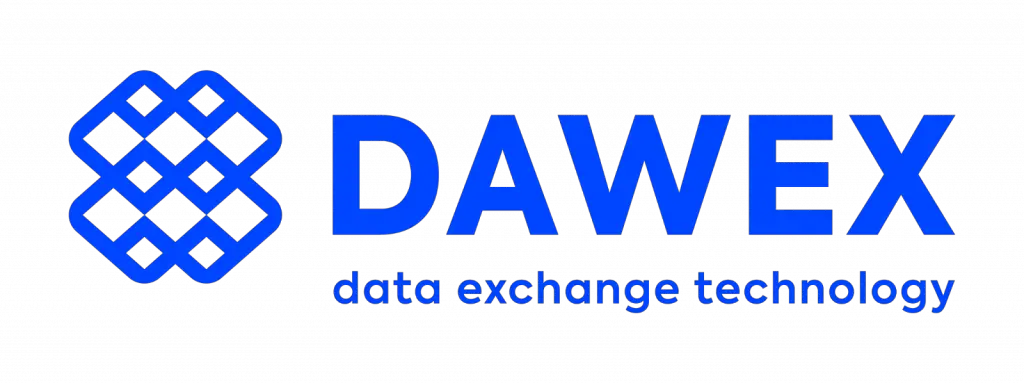
Key Features:
- Global data exchange: Dawex connects businesses globally, allowing them to trade data across multiple industries.
- Data Sovereignty: Offers complete data governance features to ensure that all transactions meet local and international data privacy laws.
- Data Marketplace Creation: Companies can use Dawex’s white-label solution to create their own private marketplaces.
- Multi-sector focus: Covers sectors like finance, energy, transportation, and public services, making it a versatile platform for a wide range of industries.
Pros:
These are already listed as part of the key features above.
Cons:
- High Setup Cost: Marketplace creation can be expensive.
- Limited to Data Exchange: Fewer built-in analytics features compared to other platforms.
Pricing:
Custom pricing: Dawex offers custom pricing based on the volume of data exchanged, marketplace creation costs, and transaction fees.
Use Cases:
- Transport: Companies trade traffic data to improve logistics.
- Healthcare: Medical organizations buy research data for clinical trials.
- Agriculture: Agricultural firms use satellite data for precision farming.
5. Cinchy:
This is an AI based data collaboration platform that specifically eliminates data silos and simplifies data exchange. It is perfect for organizations needing a decentralized, collaborative data solution with strong internal governance.
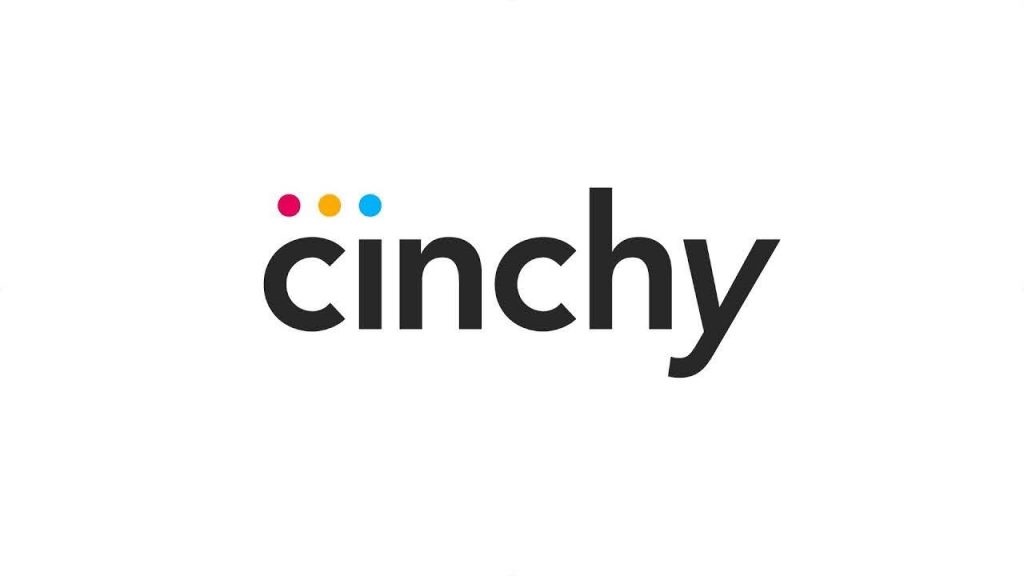
Key Features:
- Data collaboration network: Cinchy’s platform emphasizes decentralized data management.
- No-code/low-code platform: Allows non-technical users to share and collaborate on data without complex coding.
- Data Fabric Technology: Provides a unified platform for managing and analyzing data across departments.
- Secure by design: Integrates strict data governance policies, enabling secure internal and external data sharing.
Pricing:
Enterprise subscription: Pricing is based on enterprise usage and storage. Cinchy offers flexible plans for small, medium, and large businesses.
Pros:
No-code Solution: Easy to use for non-technical teams.
Cons:
- Limited Analytics Tools: Primarily focused on data management, not in-depth analytics.
- High Pricing for Smaller Businesses: Enterprise-level pricing can be steep for smaller teams.
Use Cases:
- Banking: Banks use the platform to consolidate customer data and offer more personalized services.
- Government: Public sector organizations collaborate on data-driven policies.
- Healthcare: Hospitals use Cinchy to improve patient care by sharing data across departments in real time.
6. Data Commerce Cloud:
DCC is a data exchange platform that enables you to list and sell your data products in major marketplaces. Like Google Cloud Analytics Hub, Databricks Marketplace, Datarade Marketplace, and SAP Datasphere Marketplace.
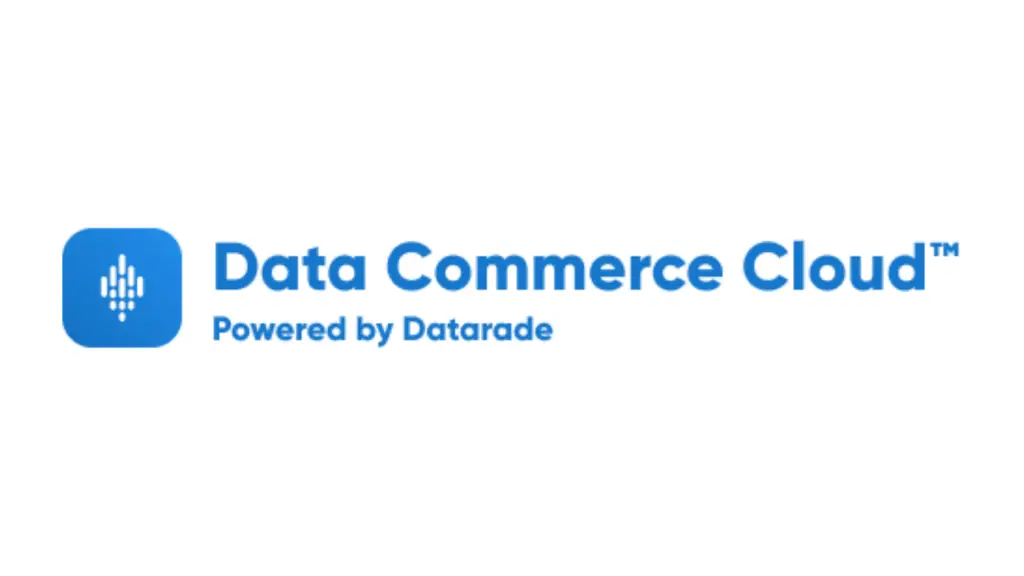
Key features:
- No-code integrations: Simplifies publishing data products across top data marketplaces without the need for engineering.
- Lead pool access: Unique to DCC, this allows providers to tap into data requests posted by potential buyers on Datarade Marketplace.
- Product analytics: Offers insights on how data products perform in terms of conversions, impressions, and revenue, along with optimization reports.
Pros:
- Ease of use: Cuts down the time and resources needed to publish data products.
- Focus on commercial data: Designed for data marketers, empowering them to monetize data efficiently.
Cons:
- Data product optimization: Creating optimal listings takes time and effort in keyword selection and uploading samples.
- Limited data delivery support: Cross-cloud data sharing will be available later in 2024.
- Off-platform payments: Due to high transaction sizes, payments are arranged outside the platform and logged manually.
Pricing:
DCC offers a streamlined, user-friendly platform for businesses to monetize data, but still requires manual setup for payments to achieve better conversion results.
In conclusion, businesses have a variety of powerful platforms to monetize their data. AWS Data Exchange remains the leader, offering robust features for scalability and security. Snowflake Data Marketplace comes close with its cross-cloud functionality, while Narrative.io provides flexibility for businesses needing custom datasets. Dawex and Cinchy also offer niche solutions for businesses looking to expand data-sharing globally or internally. Finally, DCC has unique features like others but has a drawback of absent cross cloud sharing.





